Grant Riller is NBA Draft’s most underrated prospect, ideal fit for Suns
Nov 13, 2020, 4:00 PM
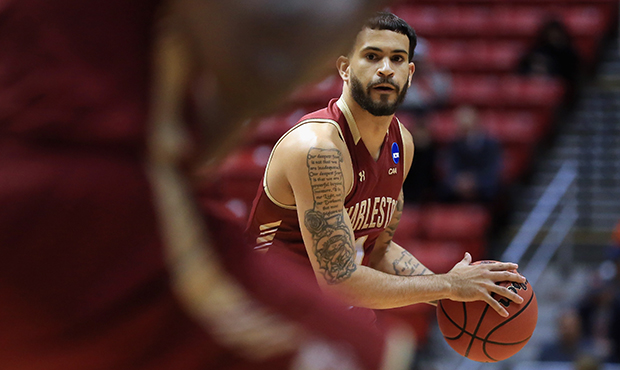
(Photo by Sean M. Haffey/Getty Images)
(Photo by Sean M. Haffey/Getty Images)
All statistics via NBA.com, Basketball-Reference and Cleaning the Glass.
Out of everything that’s different about the 2020 NBA Draft, the biggest change is time.
Most prospects haven’t played since March, and it’s easy to forget this was a class that had injuries up and down the lottery that cut some of their seasons short.
Front offices have, by default, had more time to evaluate this group than any other. They’re honestly pretty over it and ready to move on, and who can blame them? It’s a bad draft class, one that’s difficult to find All-Star-level talent in, as well as relatively safe prospects that don’t have alarming red flags within their game.
But out of all that, there’s a real lack of offensive skill and efficiency in this group.
From Anthony Edwards to LaMelo Ball, Tyrese Haliburton to Killian Hayes, even the top names have serious flaws in their offensive games right now. Beyond them, it was poor shooting numbers and concerning decision-making patterns from the likes of Cole Anthony, Nico Mannion, Tyrese Maxey and so on.
Surely, that’s not all this class can offer, right? There’s a hidden gem somewhere amongst such a ball-handler-heavy class?
The best bet is Charleston’s Grant Riller.
Riller, 23, is surely one of the prospects that has been impacted the most by the pandemic. With a mature game built around three-level scoring, he would have thrived in group workouts and undoubtedly dismantled some of those aforementioned names.
Without that, however, he is still seemingly on the first round bubble. ESPN has him ranked 44th and there has surprisingly been little buzz around him, with that instead going to guys like Stanford’s Tyrell Terry.
Riller is the most productive and efficient perimeter player in the draft and it’s not really close.
Last season, he averaged 21.9 points, 5.1 rebounds, 3.9 assists and 1.6 steals per game on 49.9% shooting from the field, 36.2% at three-point range and 82.7% at the free-throw line.
Riller’s true shooting percentage was 60.9%, a number he’s held north of 60% in three straight seasons of posting at least 18 points per game. And in these last two, Riller’s been doing it while carrying an offense. His usage percentage exceeds 30% both seasons averaging 21.9 points per game.
The only guards in the last 10 years to do that and get drafted were Damian Lillard, Jimmer Fredette, C.J. McCollum, Buddy Hield and Ja Morant.
Pretty good company, a find intended to give him more credit than just having better numbers over a class with bad ones.
Riller is the best finisher in this class. He’s got a handle with loads of wiggle and has a great grasp of how to control his body. It feels like he can explode out of any motion when he’s facing guys up.
He loves to split a pick-and-roll, and the dude already has freaking counters to it, with an inside-out dribble to fake like he’s going down the middle that forces the big to quickly swivel back inside.
Once he gets to the rim, Riller is comfortable with either hand and always makes sure to give himself a chance at a decent look when he launches himself into the air. There’s a next-level feel to it and why he’s great scoring through contact, drawing nearly seven free throws a game last season too.
Watch all of that together here.
Grant Riller is the most talented driver in this class.
He uses changes of pace, a manipulative handle, ambidextrous finishing and masterful body control to thrive as a finisher: pic.twitter.com/Ua4RYfNjaN
— Jackson Frank (@jackfrank_jjf) June 17, 2020
Riller shot 70% (!!!!) at the rim in each of the last two seasons, with only 13% of those being assisted. Thirteen percent! For reference, someone like Morant was even at 27%. And to grab an example of someone you might have seen in college, Trae Young’s number at Oklahoma was 11.4% on that awful Sooners team.
That’s level one of Riller’s scoring, and you bet your bottom dollar two and three are coming.
That burst highlighted in on the finishing comes through with one of the best step-back jumpers the draft has had in years.
BUT….
Basically Riller's first touch of the game. Getting denied and doubled constantly. But can get to this. Yew! https://t.co/y0LEv6ntbL pic.twitter.com/QwIML7bC5t
— David Kevin (@theIVpointplay) June 20, 2020
Riller shot a respectable 41% on two-point jumpers, our first relatively normal percentage we get to until stating only ONE (1) of those 68 jumpers were assisted, good for 1.5%. Young also had that sole number of one for Oklahoma.
As for the shot from deep, Riller was lucky enough to at least play in multi-guard looks, so he got 48.9% of his threes assisted and shot that earlier mentioned 36.2% on all looks beyond the arc. Over half being unassisted is still a high mark, though, and he showed NBA range on the pull-ups.
A sizzle reel of levels two and three for your viewing pleasure:
I’m a fan if Grant Riller’s ability to shoot off the dribble and on the move on all 3 levels. Textbook natural scorer pic.twitter.com/gUG7qFeTp4
— Mavs Draft (@MavsDraft) November 13, 2020
Riller might be the best scorer in this draft. It’s probably still Edwards, and even then, Riller’s easily second.
The missing part of Riller’s package is the playmaking, creating for his teammates. It’s a tough read because of the defensive attention he received, but the most promising element was reading pick-and-roll coverage.
Manipulative PnR pass by Grant Riller. Forces the tag to recover by looking at the wing, and hits the roll man wide open for the dunk pic.twitter.com/yfm1T0JrPe
— Max Carlin (@maxacarlin) February 28, 2020
For now, he looks like he’s just about making the right play and a simple pass when it’s there. Nothing to complain about, but also caps his upside as an overall offensive player.
Defensively, Riller can only do so much with his size. He measured 6-foot-1 at the NBA Combine with a 6-foot-5 wingspan. While that’s enough to get by, it still makes him rather undersized.
With defense for high-volume scorers, it’s a challenging scale to navigate what’s acceptable. Engagement levels come first, and it was a mixed bag for Riller. But when he locked in on the ball, that giddyup as a ball-handler was indeed there.
Really great POA defense here from Grant Riller. From beating the screen over the top, using a bit of strength before Curry moves and then quickness while sliding, stays with Curry on the drive and contests nicely pic.twitter.com/ktBA6VaJWR
— Spencer (@SKPearlman) September 20, 2020
With that in mind, Riller was playing in the CAA against limited competition, and where we get to his evaluation in general.
There are reasons to look down on Riller because of who he played against. He did not take advantage of the opportunities he had against better teams over the last couple years, either.
That and his size are clearly enough for some teams to look away from him as a first-round talent. Should the Suns? Absolutely not.
On top of Riller being a lottery-level talent in his own right, he’s exactly what the Suns need. Outside of Ricky Rubio and Devin Booker, there was no other consistent source of creation skills off the dribble. That’s why head coach Monty Williams kept cycling through point guards, why the team signed Cameron Payne despite having five on the roster already and why Payne was such a breath of fresh air in the bubble.
Riller could be an extension of that, and showed an understanding of “0.5” elements of an offense, something he’d have to work at further but would eventually gel with. That source of instant offense off the bench would do loads for the overall team dynamic.
He’d obviously be a reach at No. 10 for Phoenix, and even though that hasn’t stopped general manager James Jones before, Riller should be at the tip-top of targets trading down. Jones has done that before, too, as well as trading back into the first round to get a guard he felt was the best in the class at his signature skill.
He would be right the second time with Riller.

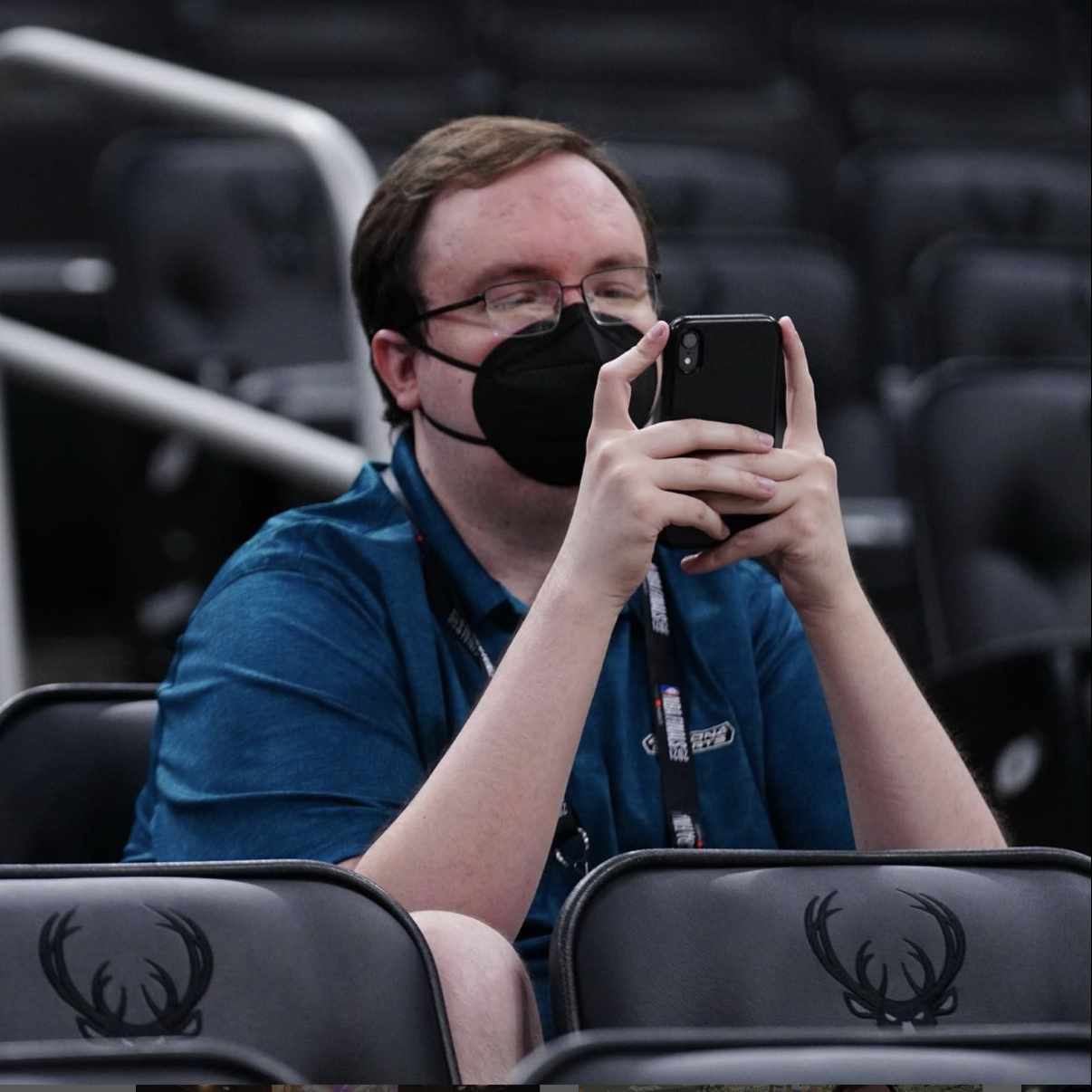
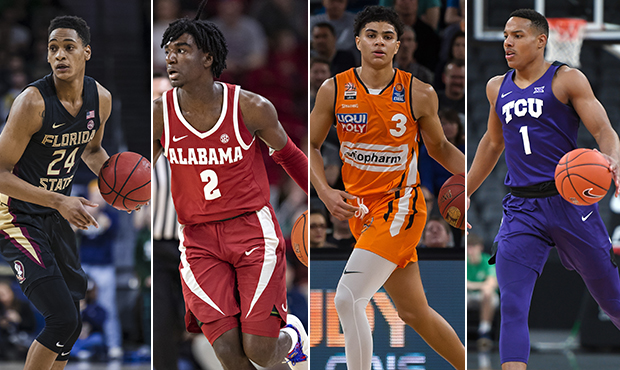
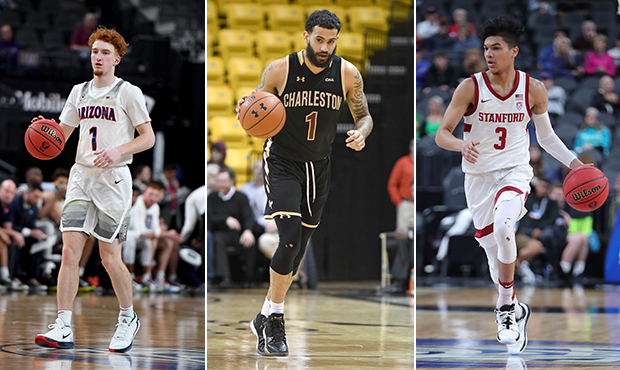
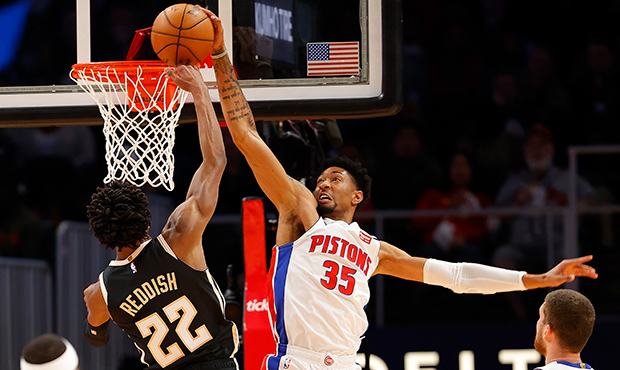
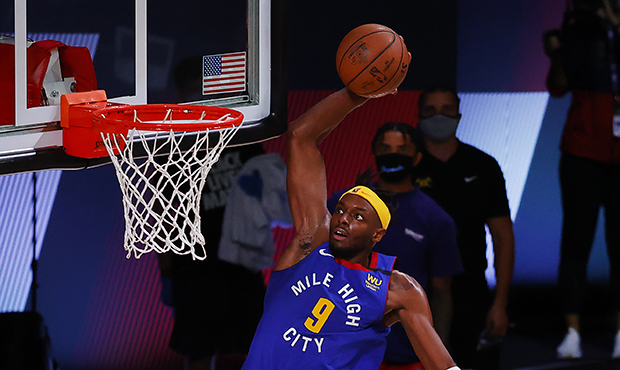
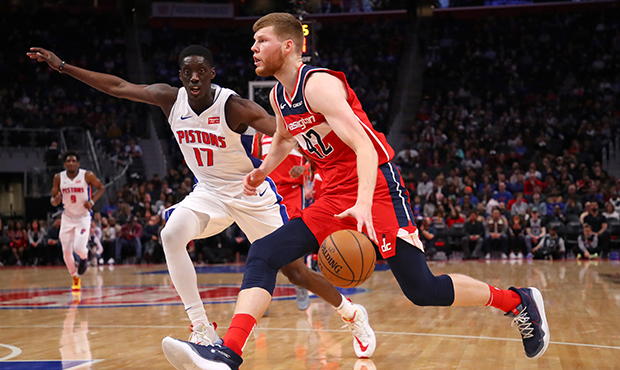
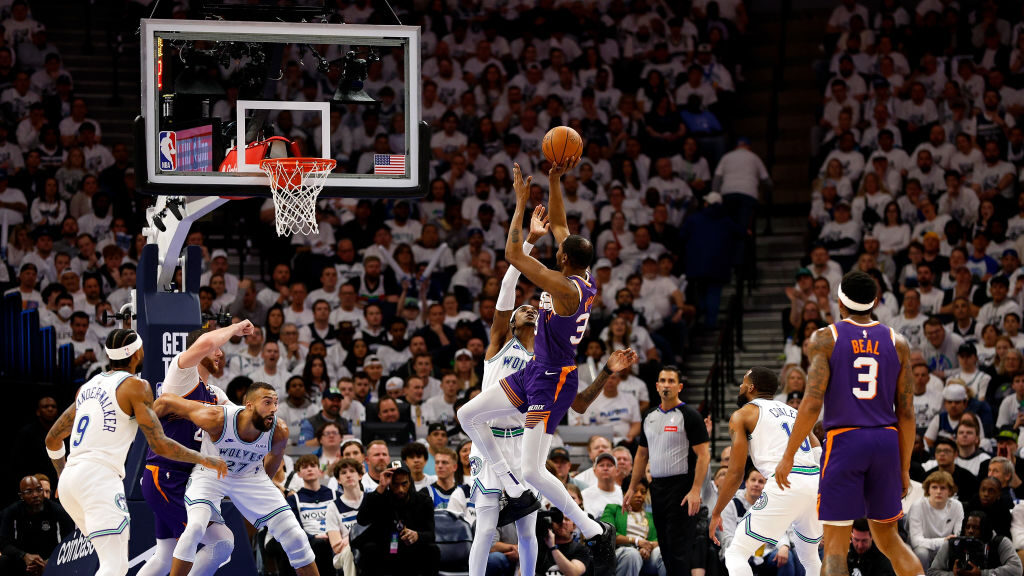
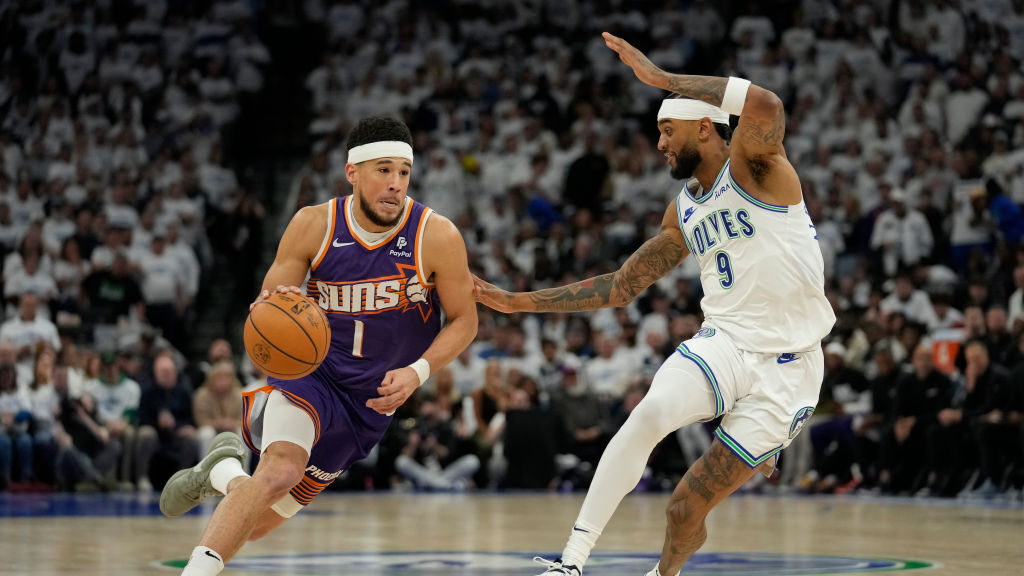
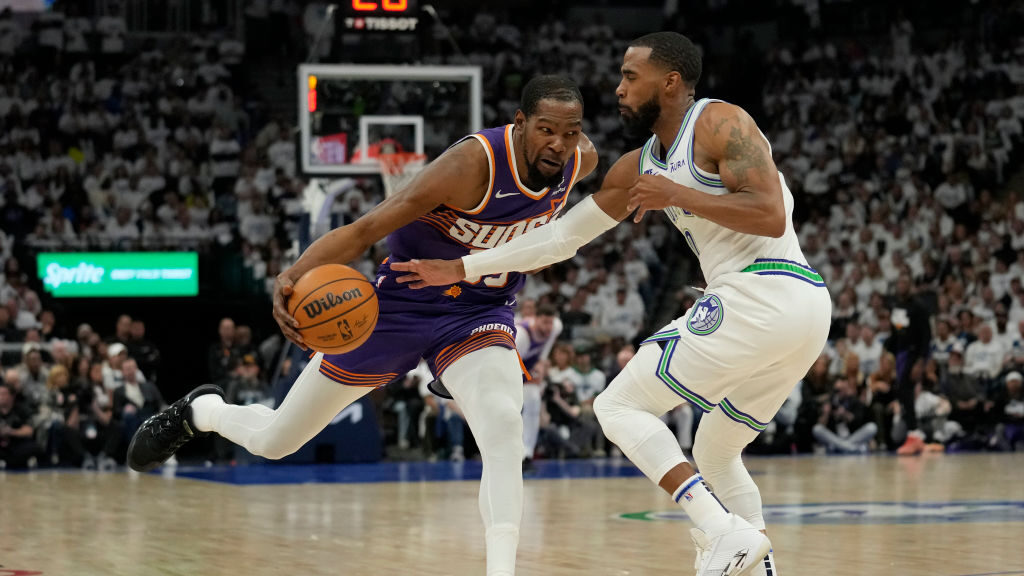
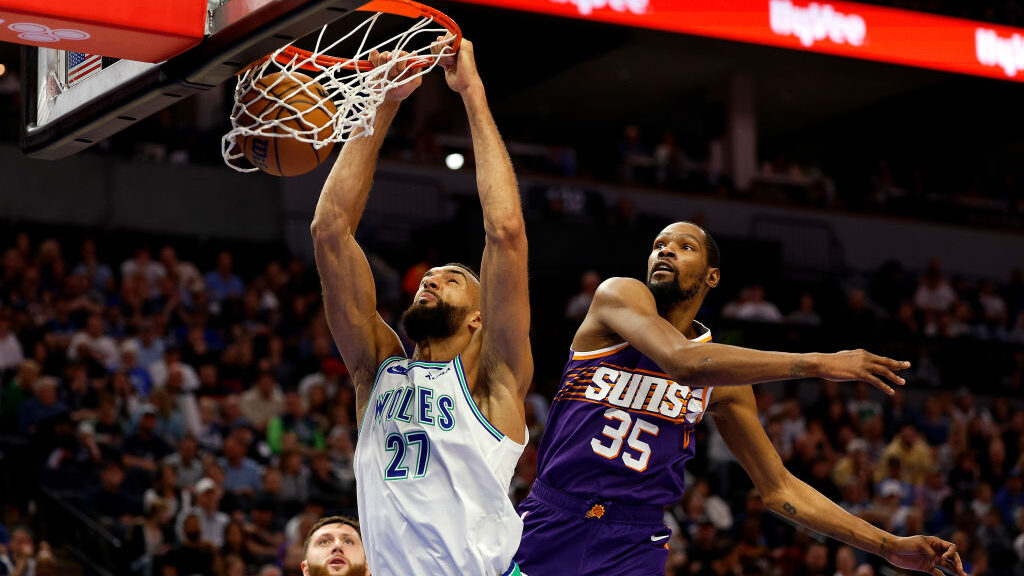
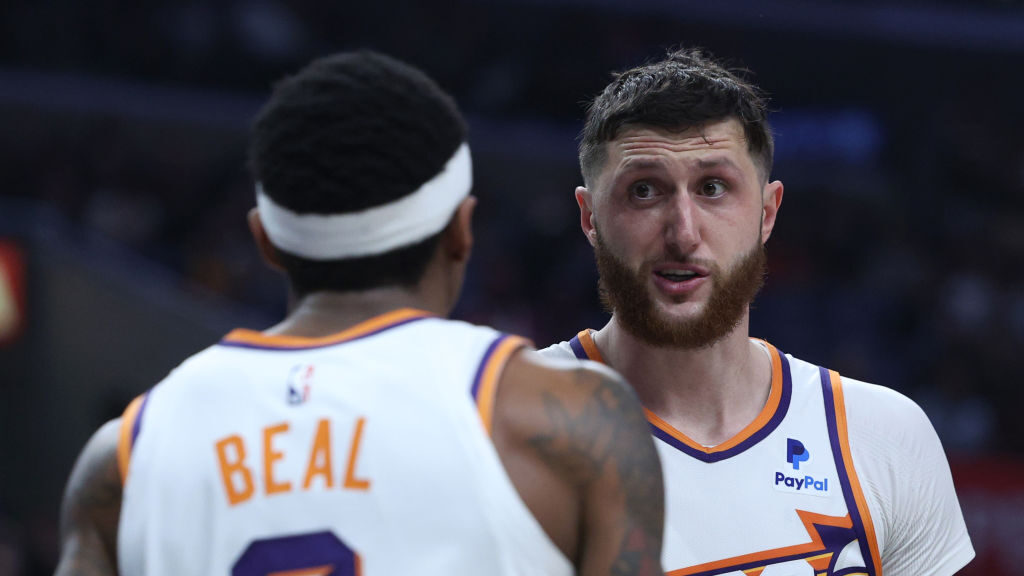
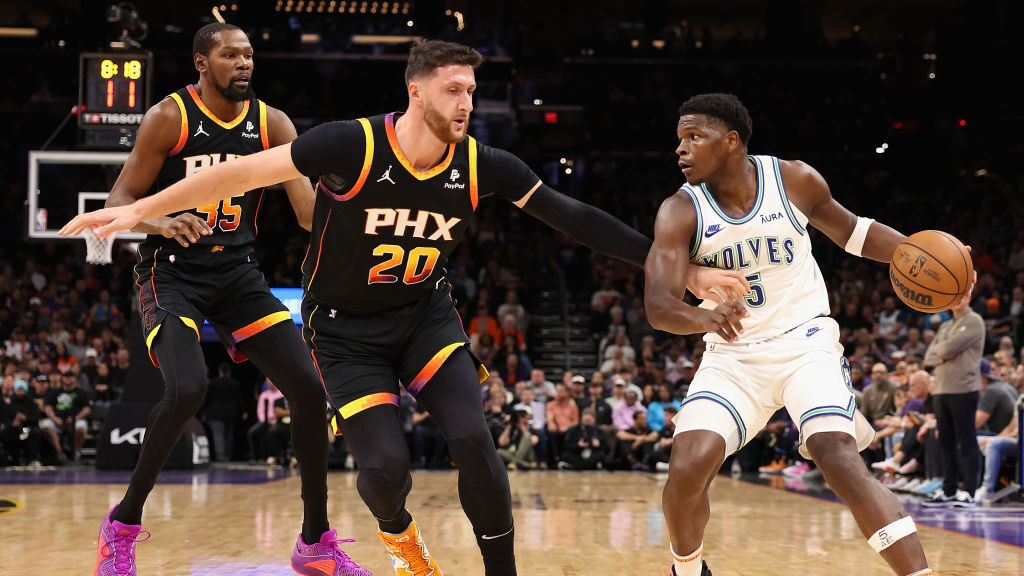
Comments